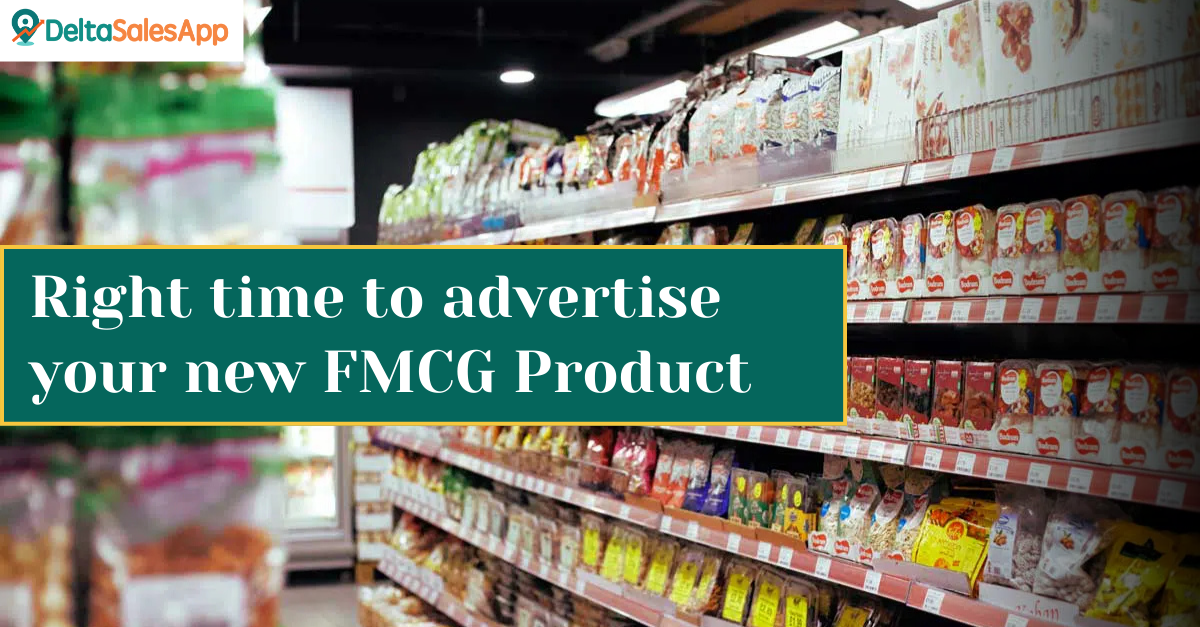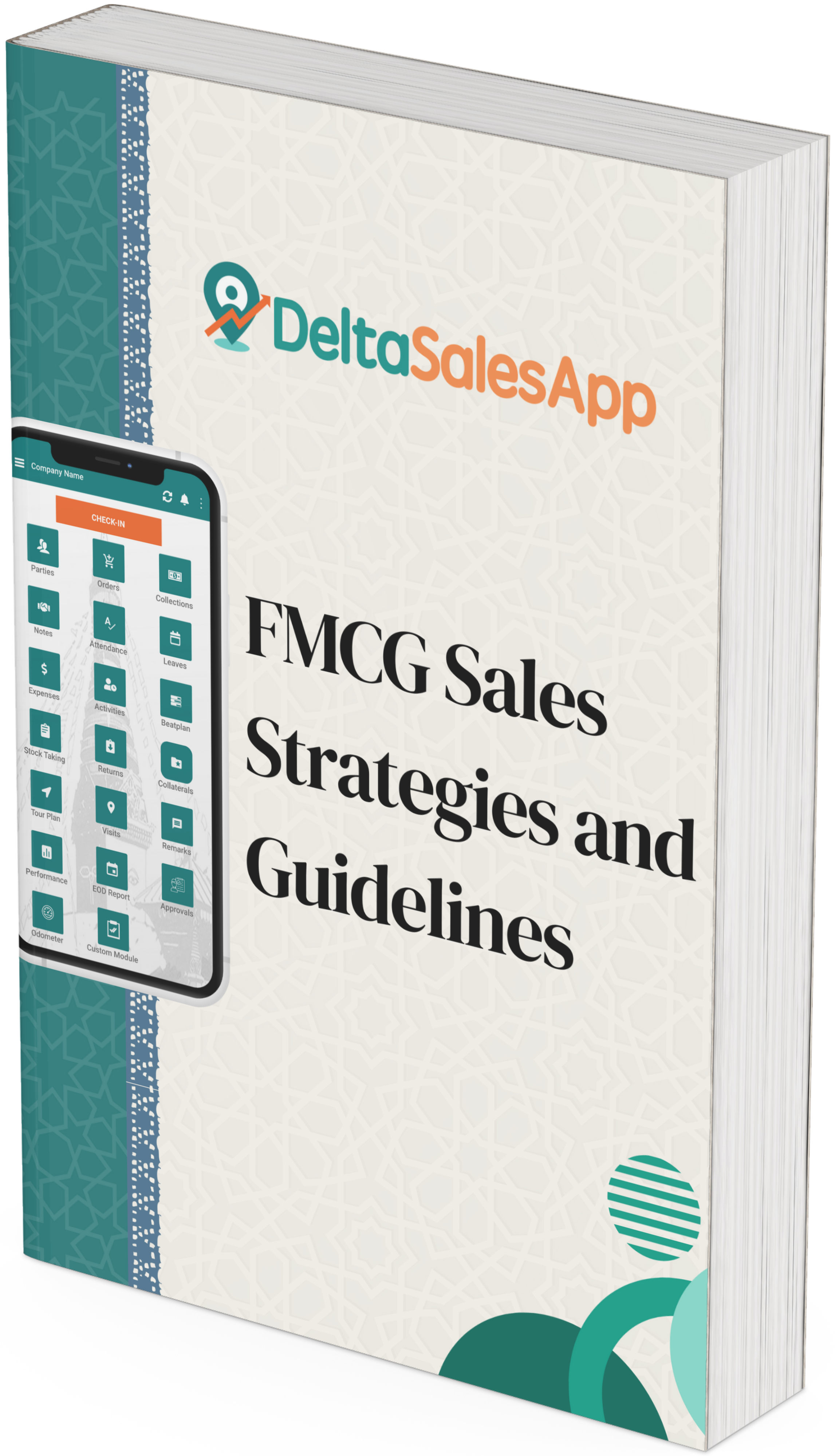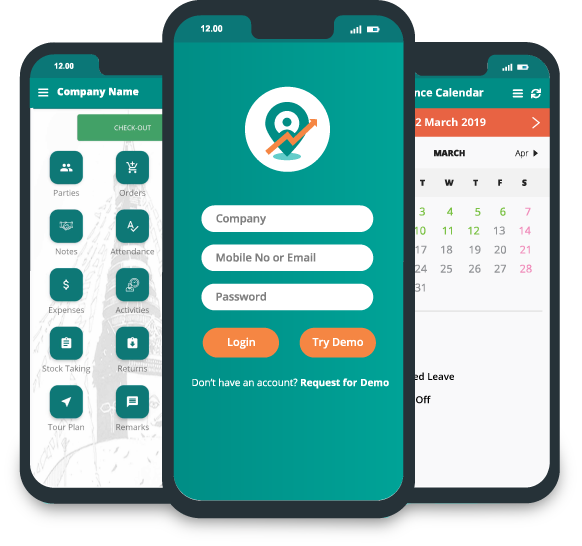Right Time To Advertise Your New FMCG Product

Have you ever been tempted to launch a big advertising campaign right after introducing a new product? It’s an exciting time—you want people to know about your brand, and you have the budget to spread the word. But hold on! Many businesses make the mistake of jumping into advertising before ensuring their product is available where it matters.
Let’s dive into why this approach can backfire and how to time your marketing efforts right.
The Problem: Advertising Without Availability
Imagine this—you’ve just launched a new biscuit brand called "XYZ." You’re thrilled and decide to go all out with advertising. You invest heavily in TV ads, social media, and newspaper promotions. People start seeing your biscuit everywhere, and curiosity builds.
Excited, a potential customer walks into their local grocery store and asks, “Do you have XYZ biscuits?” But the shopkeeper shrugs and says, “Never heard of it.” Instead, they suggest another brand, one they already stock and trust. Disappointed, the customer buys the competitor’s biscuit instead.
Now think about what just happened. Your advertising didn’t help you—it actually helped your competitor! This happens because the product wasn’t available when and where the customer wanted it. And that’s a huge problem.
The Right Time to Advertise: A Simple Metric
So, how do you know when it’s the right time to advertise? The answer lies in a simple but powerful concept called Dealer Per Share (DPL)—which refers to the number of outlets per 100,000 people where your product is available.
In industries like Fast-Moving Consumer Goods (FMCG), companies typically ensure their product is stocked in at least 100 outlets per 100,000 people before investing in large-scale ads. This number isn’t fixed—it depends on your product type:
Premium products need a lower DPL since they target a niche audience.
Mass market products need a higher DPL to ensure they’re available to a broad audience.
Once your DPL reaches a reasonable level, advertising starts to make sense. When a customer sees your ad, they should be able to find your product easily. Otherwise, you risk wasting your marketing budget and frustrating potential buyers.
The Bottom Line: Build, Then Promote
Before pouring money into advertising, focus on getting your product into stores. Test your distribution. Make sure people can actually buy what you’re selling before telling them about it.
Follow the DPL approach, and your ads will actually work for you, not against you. Marketing is powerful—but only when your product is available at the right time, in the right place. Get that right, and your brand will grow the way you envisioned!









